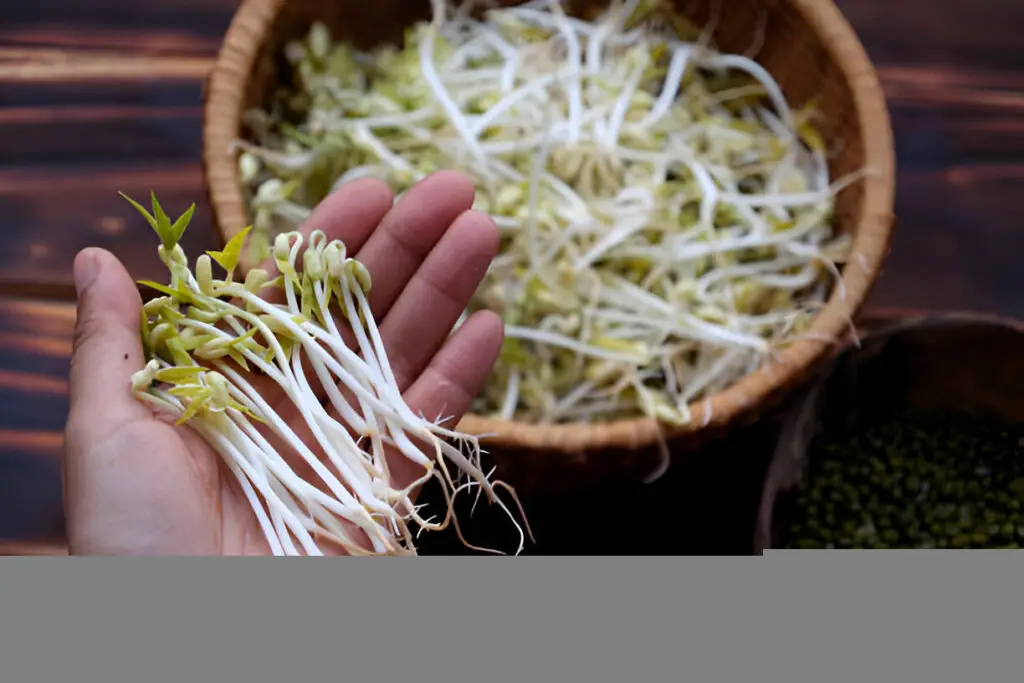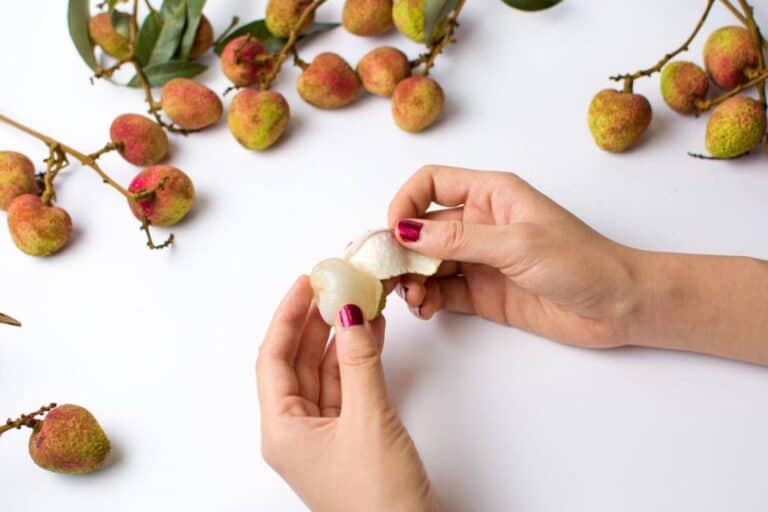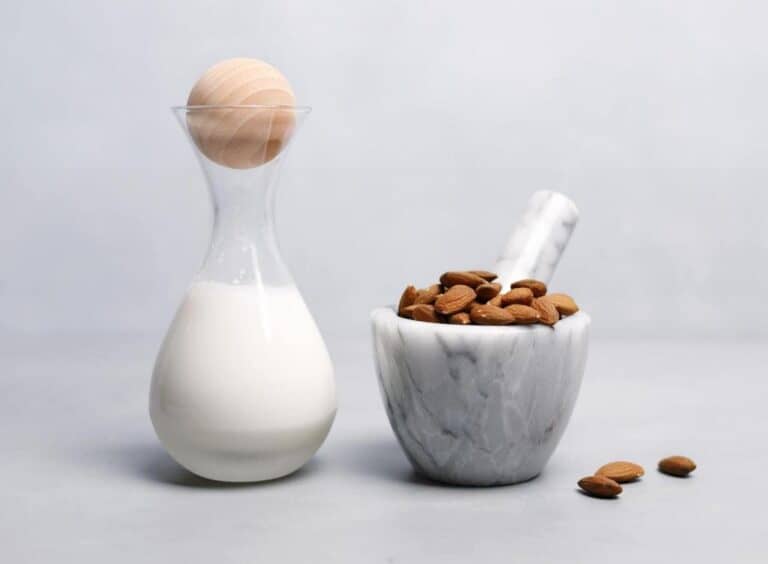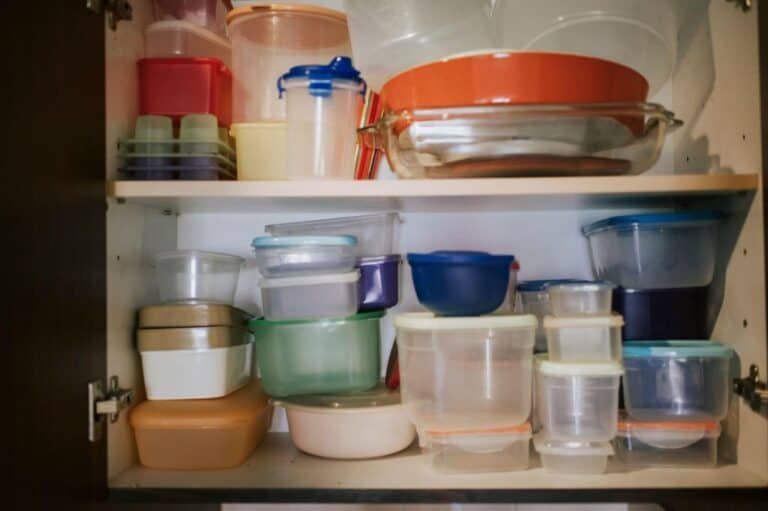Are Supermarket Bean Sprouts Actually Safe to Eat Raw?

If you’ve ever found yourself standing in the produce aisle, eyeing those crisp bags of bean sprouts, you’ve probably had the same question I did: Are these ready to eat right out of the bag? Bean sprouts have been a staple in so many dishes—like crunchy stir-fries, fresh spring rolls, or even in my favorite Vietnamese pho. But the thought of eating them raw? I had my doubts.
So, I decided to take a deep dive into the world of supermarket bean sprouts to find out just how safe they are for that raw crunch we all love. What I found might surprise you—and save you from a potential stomach ache.
What Are Bean Sprouts, Anyway?
Before we dive into the safety of eating them raw, let’s break down what bean sprouts actually are.
Bean sprouts are the tender shoots of beans that have been germinated and sprouted. Mung bean sprouts are the most common variety you’ll find in supermarkets, thanks to their mild flavor and crisp texture. But you might also see soybean sprouts or alfalfa sprouts, depending on where you shop. While these tiny little greens are nutrient-packed and versatile, they can sometimes carry hidden risks—especially when eaten raw.
The Raw Truth: Why Bean Sprouts Can Be Risky

It turns out, those crunchy bean sprouts you love in your stir-fries could harbor something far less appealing: bacteria. Raw sprouts, especially those sold pre-packaged at supermarkets, can easily become a breeding ground for harmful bacteria like Salmonella or E. coli. Sprouting seeds creates the perfect environment for bacteria to grow—warm, moist, and dark.
How Does It Happen?
Sprouts are typically grown in water, where the seeds are soaked and allowed to germinate. If the growing conditions aren’t strictly controlled, bacteria from contaminated water, soil, or even improper handling during the sprouting process can make their way into the sprouts themselves. And once those sprouts hit your kitchen counter, the bacteria can multiply rapidly, especially if the sprouts aren’t stored properly.
So, it’s not that sprouts are inherently dangerous—it’s the conditions under which they grow and how they’re handled before reaching your plate that matter.
Are Pre-Packaged Bean Sprouts Safer?
Here’s the kicker: Just because a bag of bean sprouts comes pre-packaged doesn’t mean it’s free from potential bacteria. In fact, a 2018 study by the Centers for Disease Control and Prevention (CDC) found that sprouts were linked to several foodborne illness outbreaks in the U.S. But does this mean all pre-packaged bean sprouts are unsafe? Not necessarily.
Most supermarket bean sprouts are packaged in a clean, controlled environment, but they are still raw. The key to safety lies in how they’ve been stored and how long they’ve been sitting around. Here’s a quick breakdown:
Factors That Influence Safety:
- Storage Conditions: Proper refrigeration at the store and at home is crucial to slowing bacterial growth.
- Shelf Life: Fresh sprouts have a limited shelf life, so if the sprouts are close to expiration, they’re more likely to have been exposed to bacteria growth.
- Packaging: Vacuum-sealed or airtight packages tend to help preserve freshness, but they don’t eliminate the risk of contamination.
The short answer: Pre-packaged sprouts can be safer, but they still need to be handled with care. Keep them cold, eat them quickly, and check the expiration date.
| Read: Sterilizing Bean Sprouts Safe and Bacteria-Free |
How Can You Make Raw Bean Sprouts Safer?
If you’re like me and can’t resist adding that fresh crunch of raw sprouts to your salads or sandwiches, there are a few simple things you can do to minimize your risk.
Rinse, Rinse, Rinse
I can’t stress this enough—rinse your sprouts thoroughly before eating them raw. Rinsing helps remove any potential dirt or bacteria that might be clinging to the surface. I give them a good wash under cold water for a couple of minutes, then drain them well. Don’t just dunk the package in water—make sure each sprout gets a thorough cleaning.
Blanching: The Safe Middle Ground
If you’re not totally comfortable eating raw sprouts, you can blanch them lightly. Drop them into boiling water for about 30 seconds, then immediately transfer them to an ice bath to stop the cooking process. Blanching is a great way to keep that crisp texture while ensuring any harmful bacteria are killed in the process.
Storage is Key
Once you’ve brought those sprouts home, keep them cold. Store them in the fridge and eat them within a few days for the best flavor and texture. If you’re planning to keep them for longer, consider freezing them—though keep in mind that frozen sprouts might lose some of their crunch.
How to Choose Packaged Bean Sprouts
Choosing packaged bean sprouts might seem simple, but a few key factors can make a big difference in their quality and safety. First, check the expiration date. This is crucial, as sprouts have a short shelf life. Choose the freshest package with the longest shelf life to ensure they’re still at their best.
Next, look at the packaging. Ideally, the sprouts should be in a vacuum-sealed or airtight container to keep them fresh longer. The packaging should also be free of holes or tears, as damaged packaging can lead to contamination.
When you inspect the sprouts themselves, look for crisp, firm sprouts. Avoid packages with yellowed, limp, or mushy sprouts, as these are signs of age or poor storage conditions. If you notice any signs of mold, it’s best to steer clear.
Lastly, consider storage conditions. If possible, pick sprouts from the refrigerated section. Once home, keep them chilled to maintain freshness and reduce the risk of bacterial growth.
The Risk of Foodborne Illness: Is It Worth It?
Let’s be real: No one wants to deal with food poisoning. The risk of consuming contaminated sprouts is real, but it doesn’t mean you need to avoid them altogether. The goal is to make informed decisions about how and when you eat them.
If you’re worried about eating raw sprouts, especially if you’re pregnant, elderly, or have a weakened immune system, it’s best to avoid them in their raw form. In these cases, cooked sprouts might be a better option—safer and just as delicious in your stir-fries and soups.
| Read: How to Make Your Bean Sprouts Crispy Every Time |
The Verdict: Are Supermarket Bean Sprouts Safe to Eat Raw?
The final answer isn’t as black-and-white as I’d like it to be, but here’s the takeaway: Pre-packaged bean sprouts can be safe to eat raw, but you need to take the right precautions. The risks come from bacterial contamination, but by storing them correctly, rinsing thoroughly, and consuming them soon after purchase, you can reduce those risks.
In the end, eating bean sprouts raw is a bit like playing it safe on a tightrope—you want to enjoy the crunchy, fresh taste, but you also want to make sure you’re not walking a dangerous line. So, if you love that raw, crunchy texture as much as I do, just make sure to wash them like you mean it, keep them cool, and eat them while they’re still fresh.
Bonus Tips for Bean Sprout Lovers
- Know the Shelf Life: If you’re buying sprouts from the store, check the expiration date. Fresh sprouts should be eaten within 2–3 days of purchase.
- Don’t Forget About Other Bean Sprouts: Mung bean sprouts are the most common, but don’t overlook soybean or even lentil sprouts—each has its own flavor profile, and some might be safer depending on how they’re processed.
- Grow Your Own: If you want to guarantee freshness, you can always grow your own sprouts at home. It’s easy and fun to do, plus you control every step of the process.
Eating raw bean sprouts isn’t a risk-free endeavor, but with the right precautions, it can be a healthy and delicious addition to your meals. Just remember—if in doubt, cook them up. After all, a perfectly stir-fried sprout is a whole different ballgame.
Would you like to dive deeper into sprout recipes or safe food handling tips? Let me know—I’m all ears!






